This month, NNSA is observing the 50th anniversary of the Nuclear Emergency Support Team – or NEST. During a recent ceremony at Joint Base Andrews in Maryland, leaders from around the government gathered to celebrate the birthday of one its most diverse and capable assets.
National Nuclear Security Administration
November 18, 2024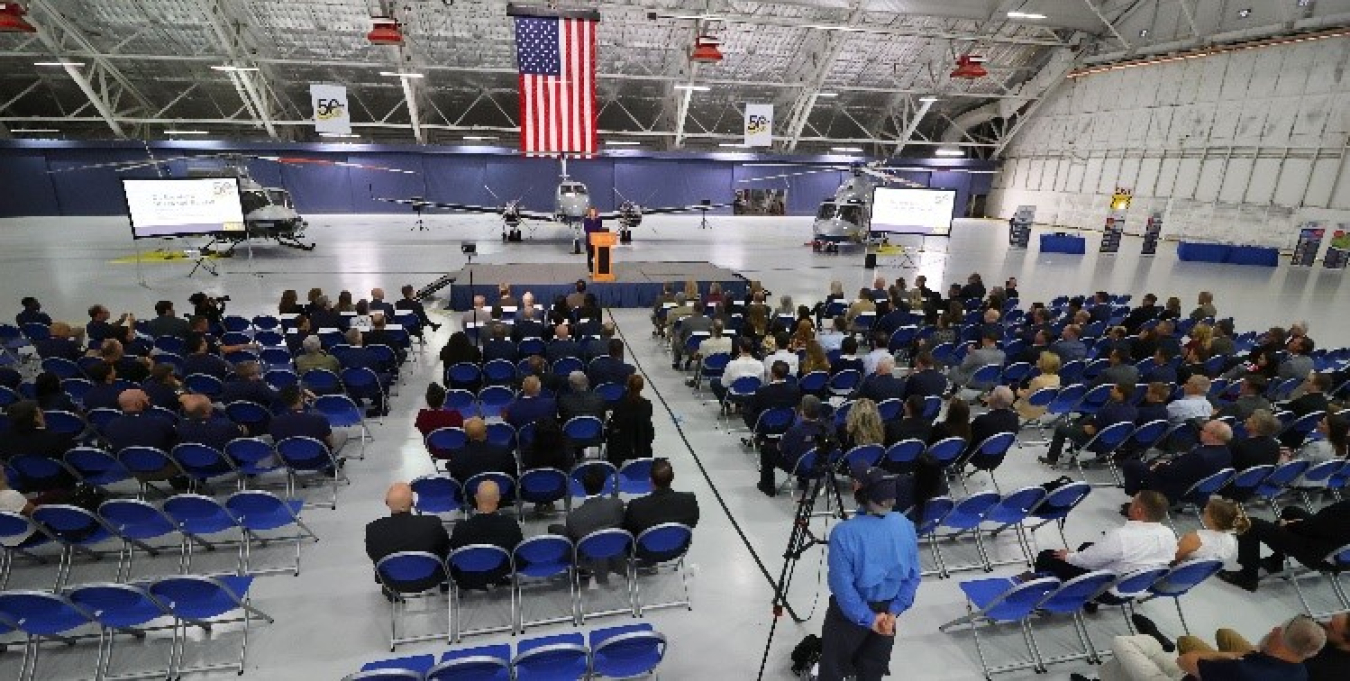
This month, NNSA is observing the 50th anniversary of what is now called the Nuclear Emergency Support Team – or NEST. During a recent ceremony at Joint Base Andrews in Maryland, leaders from around the government gathered to celebrate the birthday of one its most diverse and capable assets.
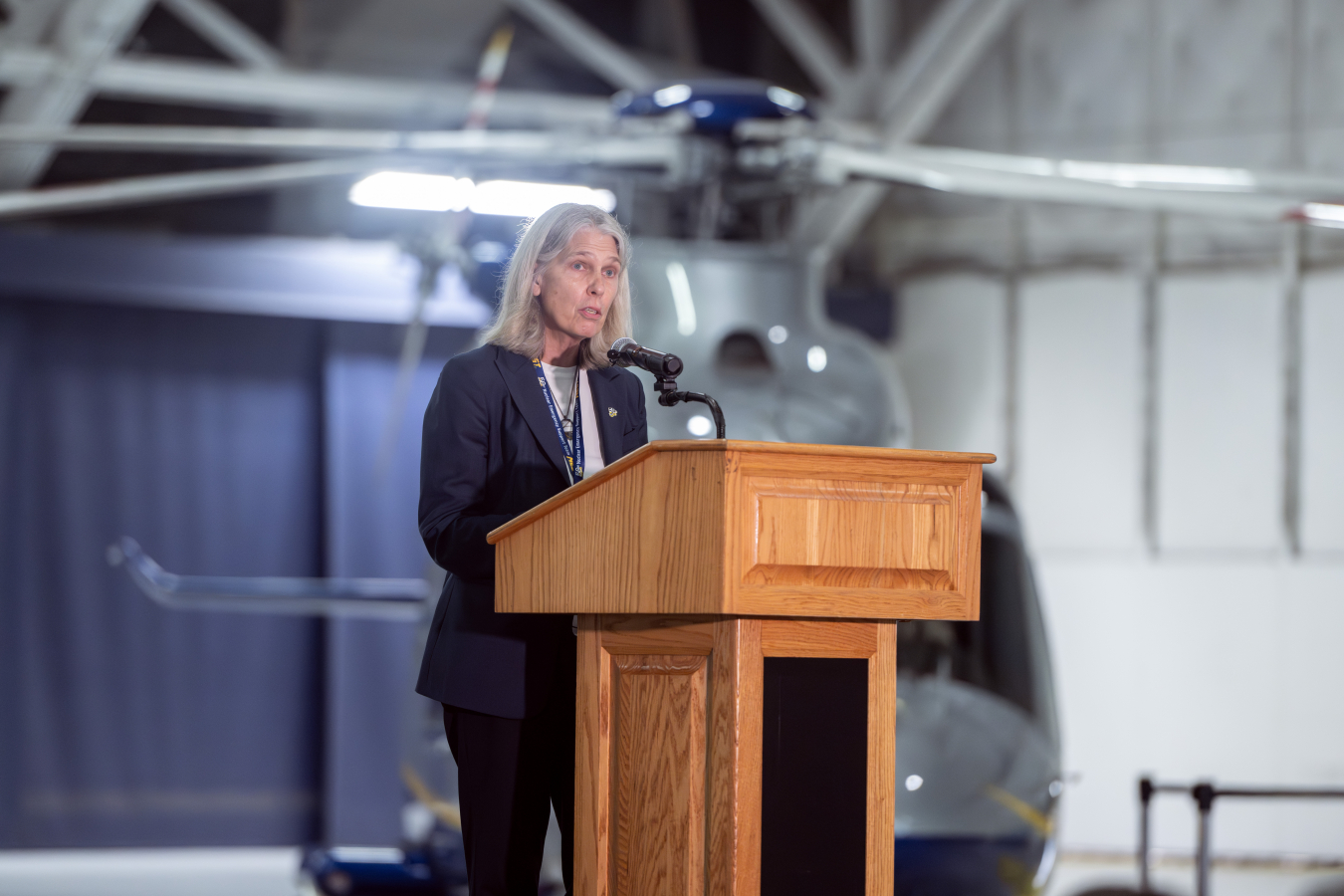
NEST, created by President Ford in 1974, has a mission to provide federal emergency response in case of a radiological or nuclear threat, incident or accident.
But creating the NEST of today was not simply a matter of setting up a novel organization to address nuclear extortion cases and terrorism threats. NEST is the story of how disparate response units have evolved over time and come to co-exist under one umbrella organization to solve the U.S. Government’s biggest response challenges involving radiological or nuclear materials.
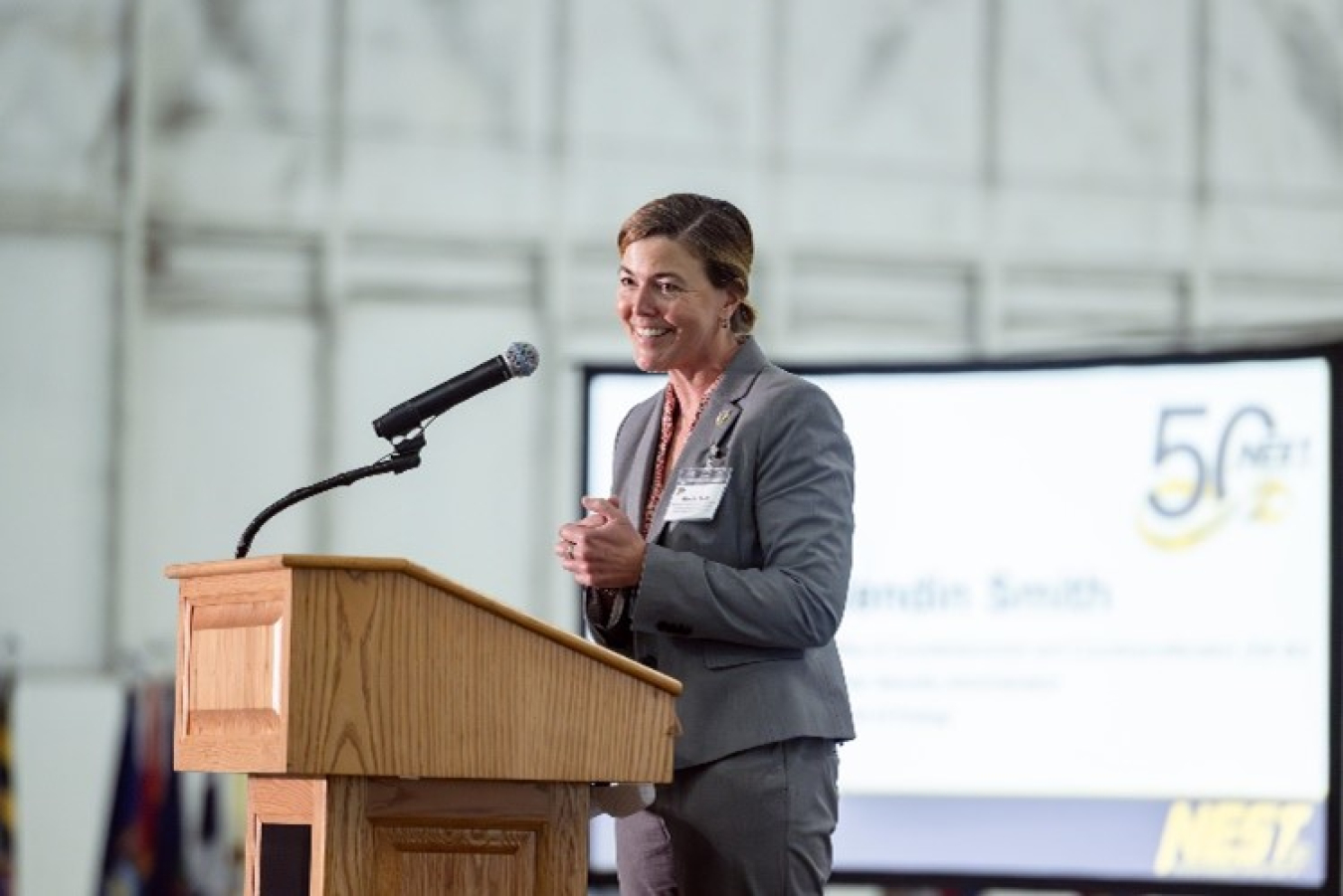
“It is remarkable how NEST has evolved to become a comprehensive and nimble capability that matches the needs of an ever-changing threat environment,” said NNSA Administrator Jill Hruby. “NEST is here to make sure we never take our eye off the ball and remain committed to improving and evolving our prevention and response capabilities.”
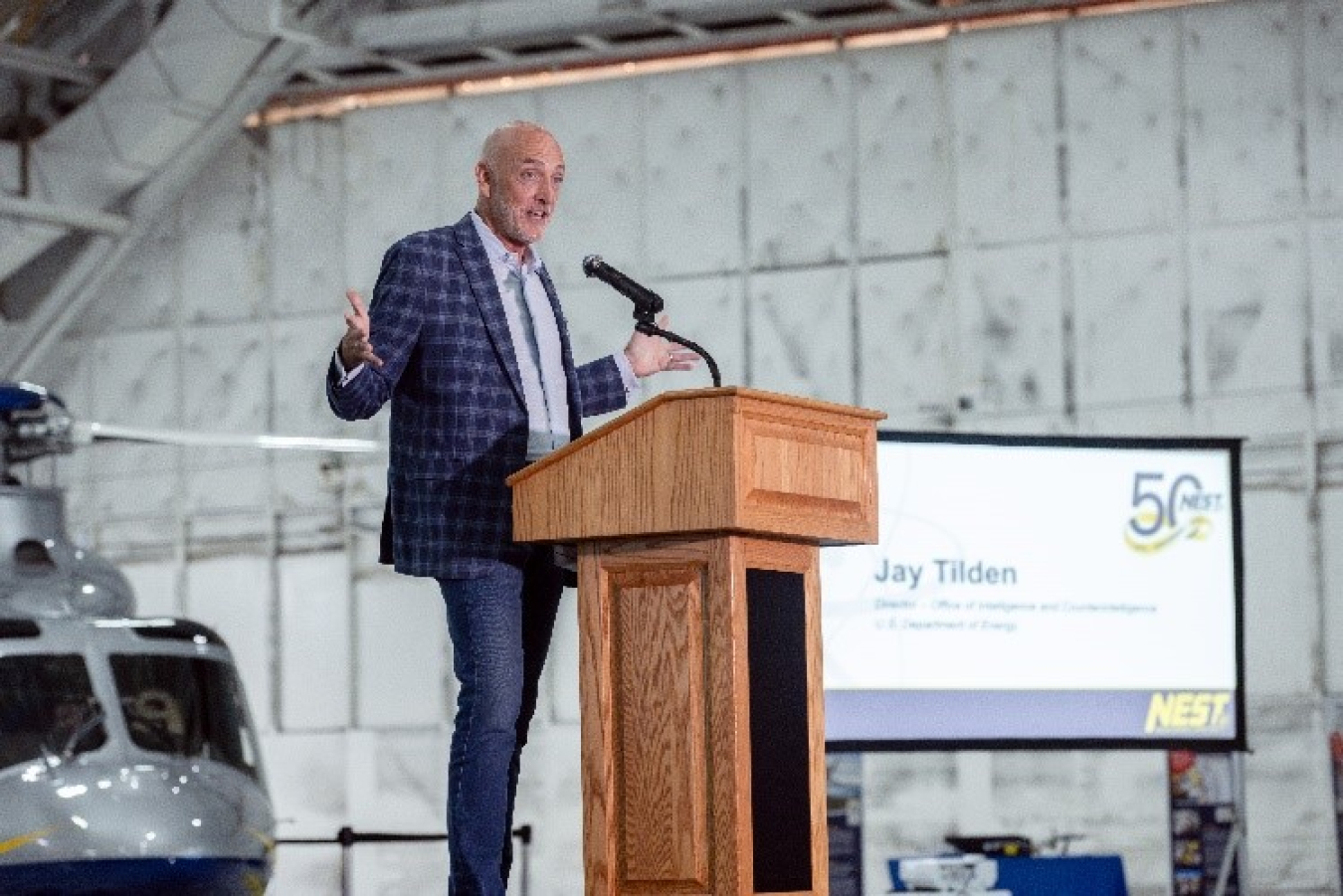
NEST capabilities
The Nuclear Emergency Search Team is composed of the following assets:
- Accident Response Group (ARG)
- Aerial Measuring System (AMS)
- Capability Assurance Program (CAP)
- Consequence Management Program (CM)
- Detonation Assessment Program (DAP)
- Disposition and Forensic Evidence Analysis Team (DFEAT)
- DOE Forensics Operations (DFO)
- Joint Technical Operations Team (JTOT)
- National Atmospheric Release Advisory Center (NARAC)
- NEST Communications & Semi-Autonomous Vehicle Systems (SAVS)
- NEST Standards and Training Program (NSTP)
- NEST Strategic Engagement Program (NSEP)
- Nuclear Forensics Material Analysis Program (NF-MAP)
- Nuclear Incident Policy and Cooperation (NIPC)
- Nuclear Search Program (NSP)
- Nuclear Threat Science
- Operations and Exercises Program (OPX)
- Radiation Emergency Assistance Center/Training Site (REAC/TS)
- Radiological Assistance Program (RAP)
Nuclear Emergency Support Team (NEST)
NEST encompasses more than 20 of DOE’s and NNSA’s individual response assets and programs, each with their own mission – and acronym. They range from keeping track of wind patterns around the world (the National Atmospheric Release Advisory Center or NARAC) to supporting medical personnel who encounter radiation injuries (the Radiation Emergency Assistance Center/Training Site or REAC/TS). By specializing and building from an unrivaled history of nuclear response principles, NEST personnel are the foremost authorities in the world in their areas of expertise.
That was brought home recently as more than 350 people – many from NEST itself, but others from its many partners – gathered and officials from NNSA, DOE, and the White House lauded this unique team. Each of NEST’s capabilities was featured and many of the tools, machines, and detectors its members use every day were on display.
Partnership is vital to the success of NEST mission. Its interagency partners include the Federal Bureau of Investigation, Environmental Protection Agency, Federal Emergency Management Agency, Nuclear Regulatory Commission, and the Departments of Defense and Homeland Security.
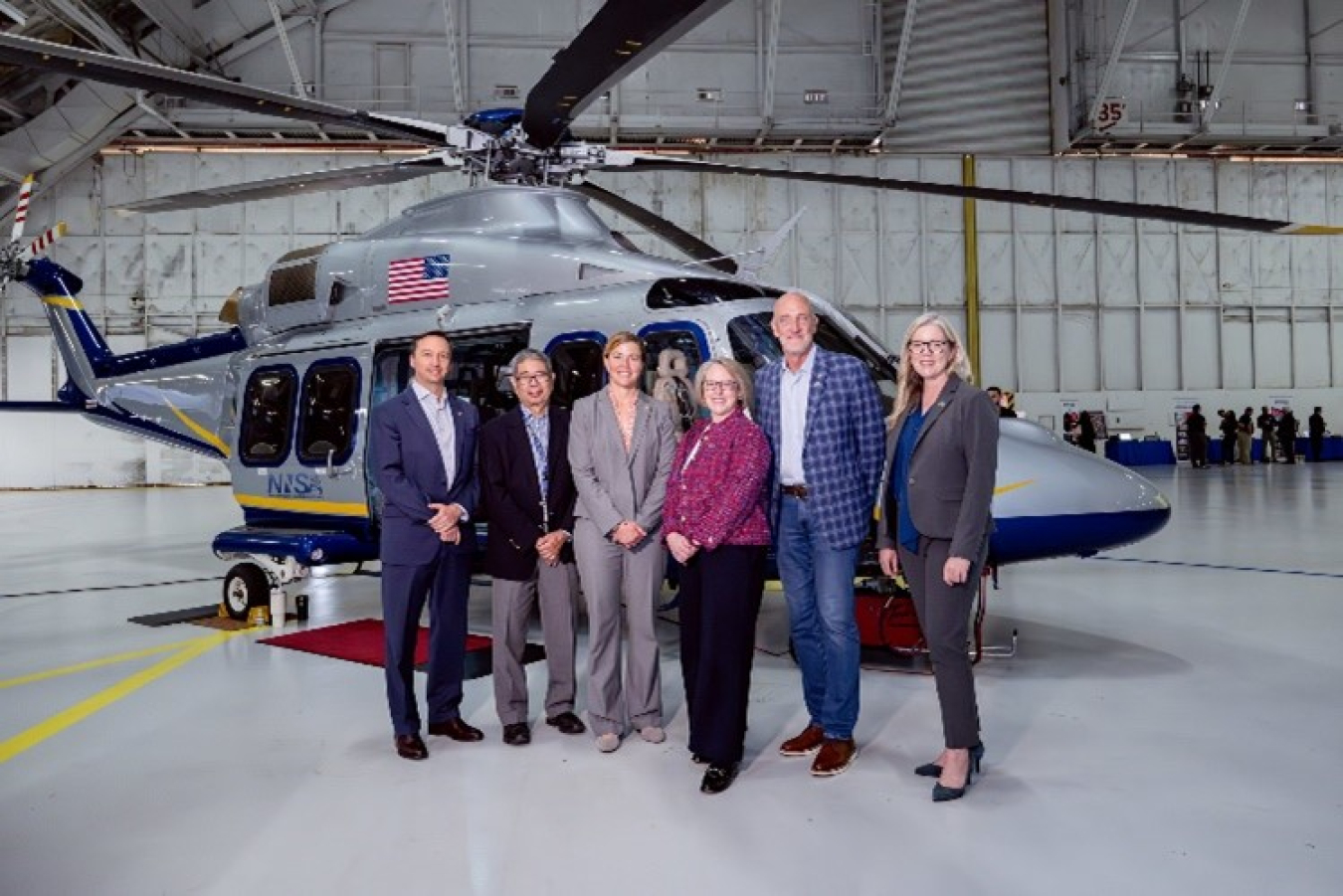
“The people of NEST are committed to serve. To be part of something bigger than themselves. To perform so well as a team that they deter future bad actors,” said Dr. Wendin Smith, NNSA’s Associate Administrator for Counterterrorism and Counterproliferation. “People are at the core of NEST’s flexibility, adaptability, and resourcefulness.”
While there are many capabilities within NEST, there aren’t many “organizations” – that’s because a lot of NEST’s experts are volunteers or dual-hatted employees. They might work as a physical scientist at the Los Alamos Field Office as their day job but be on call for the Radiological Assistance Program (RAP), in case of an accident that could involve radioactive materials.
“I want to thank the thousands of NEST responders over the years who have provided us with this history. Their flexibility and resourcefulness has led us to where are today,” said Rick Christensen, Director of the Office of Nuclear Incident Response, which houses NEST. “And I want to thank the current NEST responders who continue to stand our watch and execute our missions with passion and dedication.”
Dr. Smith announced the intent to start “NEST Day.” Each November 18, all NEST programs and assets will be asked to take a pause and reflect upon the history of NEST, review recruitment and retention efforts, and discuss the program’s future. It will be a day of remembrance and strategy. It will be a day of unity among programs, assets, and the individuals who are at the heart of NEST.
So, on Nov. 18th, the day that Ernest Graves, then-head of the military applications for the Atomic Energy Commission, sent a memo that established NEST and highlighted the importance of readiness, collaboration, specialized equipment, coordination among the National Laboratories, and engagement within the Department of Energy, make sure you thank a NEST’er.


